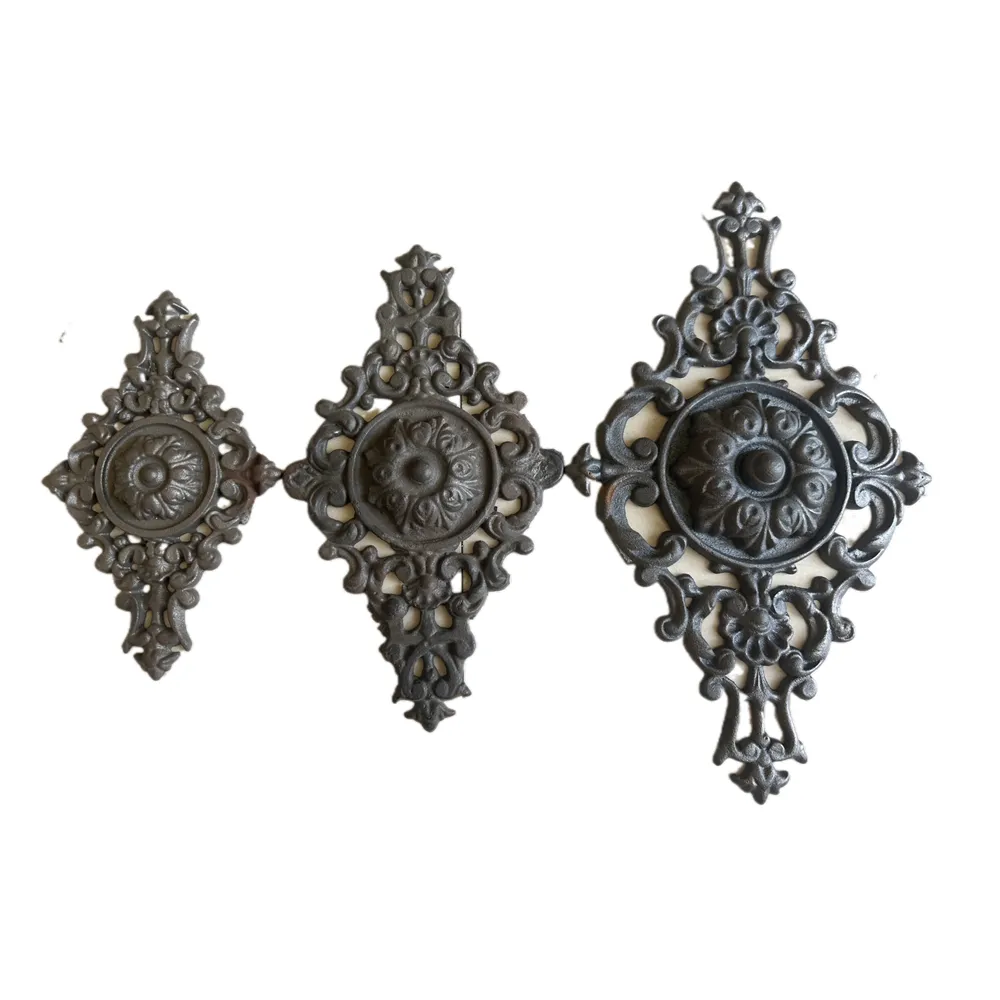Components and Accessories for Iron Fence Installation and Maintenance Guide
Understanding Iron Fence Parts A Comprehensive Guide
Iron fences are a timeless choice for property boundaries and ornamental designs. They provide security, durability, and aesthetic appeal, making them a popular option for both residential and commercial properties. However, to fully appreciate the beauty and functionality of an iron fence, it's essential to understand its various parts and how they contribute to the overall structure. In this article, we will explore the key components of an iron fence, their functions, and tips for maintenance.
1. Fencing Panels
The main sections of an iron fence are the fencing panels. These panels can vary in design, ranging from simple styles with vertical pickets to elaborate designs featuring intricate scrollwork and decorative elements. The spacing between the pickets is crucial; it not only affects the fence's aesthetics but also its security. Panels are typically pre-fabricated and can be welded or bolted together during installation.
2. Posts
Every iron fence requires sturdy posts, which serve as the vertical supports for the fence panels. The posts are usually larger and heavier than the pickets, providing the necessary strength to keep the fence upright and stable. There are various types of posts, including corner posts, end posts, and gate posts, each designed for specific points in the fence structure. Proper installation of these posts is critical, as they bear the weight of the entire fence.
3. Gates
Gates are vital components of any fence system, allowing for easy access while maintaining security. Iron gates can be designed to match the style of the fencing panels and often feature robust construction to withstand frequent use. Gates may swing open or slide, depending on the available space and the homeowner's preference. Furthermore, gates can be equipped with locking mechanisms for enhanced security.
The functionality and appearance of an iron fence are enhanced by various hardware and accessories. This includes hinges, latches, gate stops, and brackets. Quality hardware is essential for durability and smooth operation. Decorative elements, such as finials and rail caps, can also be added to the tops of the posts or panels to enhance the visual appeal of the fence.
iron fence parts

5. Rails
Rails run horizontally between the fence panels and provide structural support. Typically there are two or three rails per panel, depending on the height and design of the fence. These horizontal members help maintain the alignment of the panels and allow for the incorporation of additional elements, such as decorative scrolls or patterns.
6. Finish and Coating
Iron fences often come with various finish options that not only enhance their appearance but also protect them from rust and corrosion. Powder coating is a popular finish, providing a durable and long-lasting protective layer that comes in various colors. Galvanization is another method where the iron is coated with zinc to prevent rusting. Regular maintenance, including repainting or touch-ups, can prolong the lifespan of an iron fence.
7. Installation Considerations
Proper installation of an iron fence is crucial to its long-term performance. It is essential to ensure that the posts are set deep in the ground, ideally in concrete, to prevent them from shifting. Additionally, the terrain and local weather conditions may influence installation decisions. Consulting with professionals who specialize in iron fence installations can help ensure a secure and accurate setup.
8. Maintenance Tips
Maintaining an iron fence involves regular inspections for rust or damage. Keep the surface clean by washing it periodically with a mild detergent. If rust is detected, use a wire brush to remove it before applying a rust-inhibiting primer and paint. If your fence has a powder coating, inspect it for scratches or chips and address them promptly to prevent corrosion.
Conclusion
Understanding the various parts of an iron fence helps in appreciating its design and functionality. From the panels and posts to the gates and hardware, each component plays a crucial role in ensuring the durability, security, and aesthetic appeal of the fence. By investing in quality materials and performing regular maintenance, homeowners can enjoy their iron fence for many years. Whether for protection or decoration, an iron fence is a valuable addition to any property.
-
Wrought Iron Components: Timeless Elegance and Structural StrengthNewsJul.28,2025
-
Window Hardware Essentials: Rollers, Handles, and Locking SolutionsNewsJul.28,2025
-
Small Agricultural Processing Machines: Corn Threshers, Cassava Chippers, Grain Peelers & Chaff CuttersNewsJul.28,2025
-
Sliding Rollers: Smooth, Silent, and Built to LastNewsJul.28,2025
-
Cast Iron Stoves: Timeless Heating with Modern EfficiencyNewsJul.28,2025
-
Cast Iron Pipe and Fitting: Durable, Fire-Resistant Solutions for Plumbing and DrainageNewsJul.28,2025
-
 Wrought Iron Components: Timeless Elegance and Structural StrengthJul-28-2025Wrought Iron Components: Timeless Elegance and Structural Strength
Wrought Iron Components: Timeless Elegance and Structural StrengthJul-28-2025Wrought Iron Components: Timeless Elegance and Structural Strength -
 Window Hardware Essentials: Rollers, Handles, and Locking SolutionsJul-28-2025Window Hardware Essentials: Rollers, Handles, and Locking Solutions
Window Hardware Essentials: Rollers, Handles, and Locking SolutionsJul-28-2025Window Hardware Essentials: Rollers, Handles, and Locking Solutions -
 Small Agricultural Processing Machines: Corn Threshers, Cassava Chippers, Grain Peelers & Chaff CuttersJul-28-2025Small Agricultural Processing Machines: Corn Threshers, Cassava Chippers, Grain Peelers & Chaff Cutters
Small Agricultural Processing Machines: Corn Threshers, Cassava Chippers, Grain Peelers & Chaff CuttersJul-28-2025Small Agricultural Processing Machines: Corn Threshers, Cassava Chippers, Grain Peelers & Chaff Cutters












